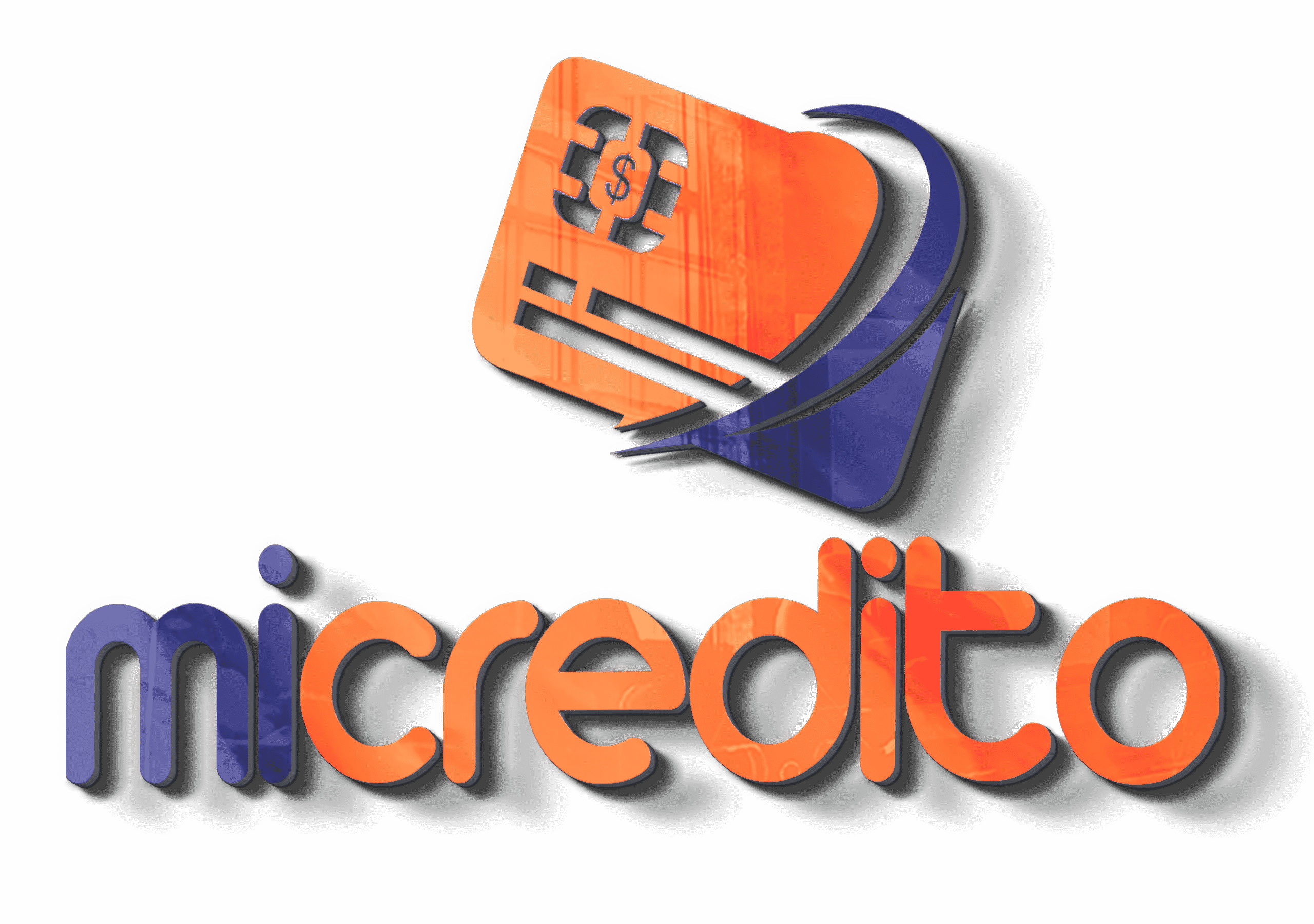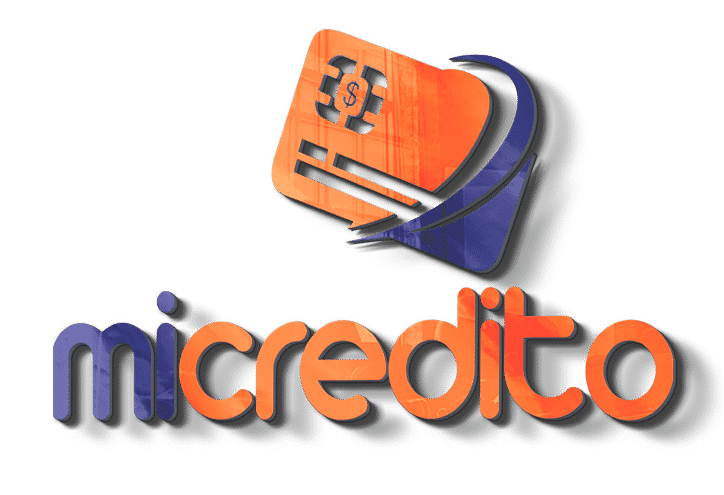The Positive Credit Reporting system plays a crucial role for individuals in the US who struggle with a negative credit history. By including records of on-time payments and responsible financial behavior, it allows consumers to build a more balanced profile, even when they have faced past difficulties.
At the same time, community banks have gained importance as partners for financial recovery. These smaller institutions often provide more personalized services and flexible conditions than large national banks. When combined with the benefits of the Positive Credit Reporting system, relationships with community banks create opportunities for borrowers with bad credit to access fairer loan terms and rebuild financial confidence.
How Positive Credit Reporting works?

The principle behind the system is simple. Instead of focusing only on debts or defaults, it also considers timely payments of utilities, credit cards, and small loans. This broader approach helps lenders evaluate risk more accurately, rewarding those who demonstrate discipline. For borrowers with damaged credit histories, this can mean better chances of approval and improved conditions.
Another important aspect is the dynamic nature of reporting. As borrowers make regular payments, their credit profiles improve gradually, reflecting responsibility and consistency. Over time, this process reinforces trust between consumers and financial institutions. For this reason, the Positive Credit Reporting system is seen as a vital step toward greater financial inclusion in the US.
Pros and cons of Positive Credit Reporting
Before relying on this system, borrowers should understand both the benefits and the potential risks involved. While it increases transparency and opportunities, it also requires consistent financial discipline to be effective. Below is a comparison of its main points:
| Pros | Cons |
|---|---|
| Recognizes timely payments and positive habits | Requires strict financial discipline |
| Improves access to loans and credit lines | Benefits may take time to appear |
| Encourages financial inclusion | Not all lenders weigh positive data equally |
| Builds trust with community banks and credit unions | Late payments can negatively impact reports |
Why community banks matter
Community banks stand out for their local focus and humanized approach. Unlike larger institutions that rely heavily on automated systems, these banks often value personal relationships, providing borrowers with more tailored options. For individuals with poor credit scores, this can be the difference between rejection and approval. Some of the main advantages of working with community banks alongside the Positive Credit Reporting system include:
- Greater flexibility in assessing borrower profiles
- Access to financial education programs and guidance
- Availability of small loans for credit rebuilding
- Stronger relationships that support long-term growth
These factors highlight why community banks play such a relevant role in helping borrowers start over. When combined with accurate and fair reporting, they create a pathway toward greater inclusion in the financial system.
Strategies to maximize benefits
To take full advantage of both tools, borrowers should maintain consistent payment habits and actively engage with their local banks. Monitoring credit reports regularly, asking for advice, and applying only for loans that can be repaid comfortably are essential practices.
Is Positive Credit Reporting worth it?
The Positive Credit Reporting system represents more than just a record of financial activity—it is a way to demonstrate commitment and responsibility. For Americans with bad credit, when combined with support from community banks, it can become a decisive factor in rebuilding trust with lenders and improving credit opportunities.
Ultimately, the value lies in its ability to transform negative histories into stories of progress. By aligning consistent behavior with supportive institutions, Positive Credit Reporting proves to be an important strategy for those seeking a fresh financial start in the US.





